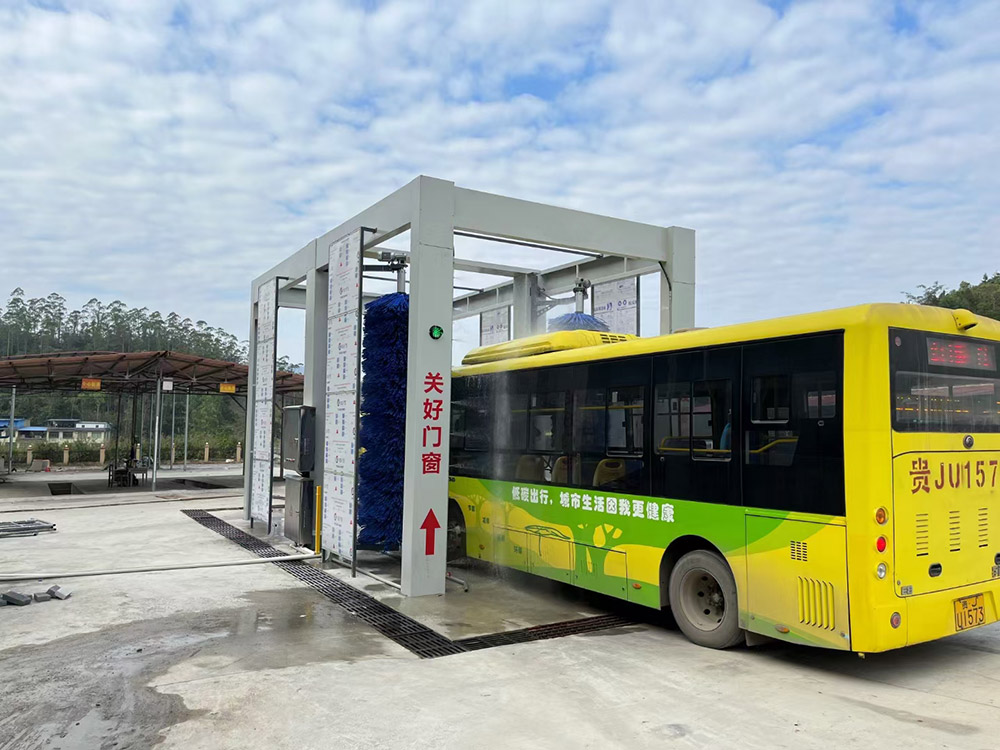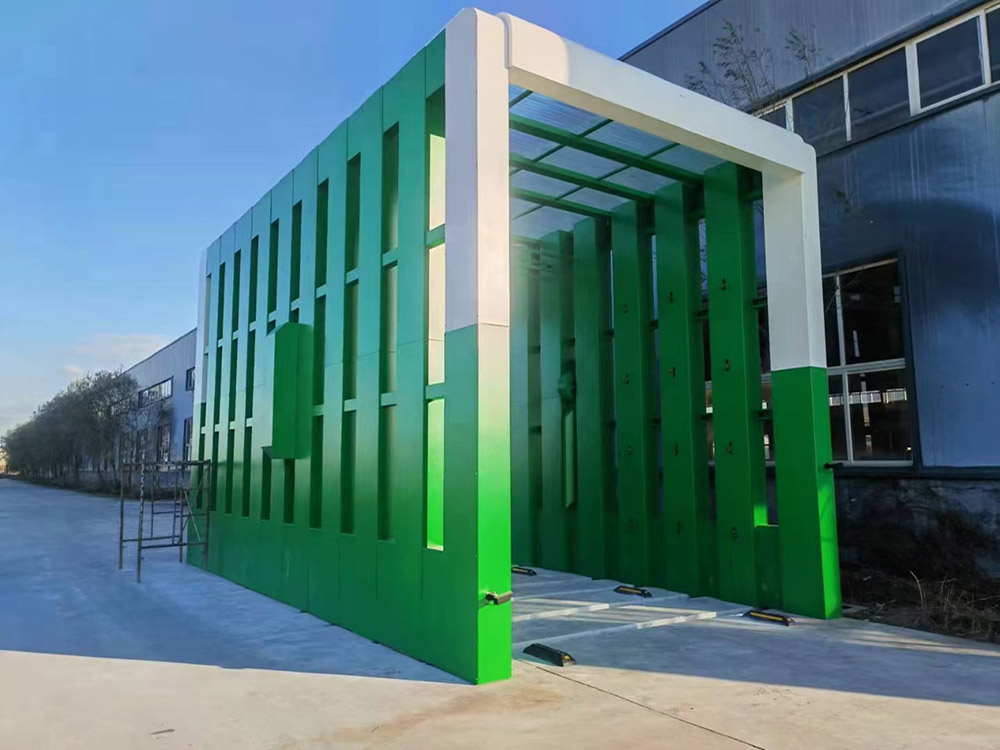When it comes to car washing machines, there are two main types: tunnel car washes and reciprocating car washes. Each has its own set of advantages and disadvantages.
Brush car wash machines are praised for their water efficiency. However, they have some downsides, such as the need to manually fold rearview mirrors and the risk of causing paint scratches due to mud and sand mixed in the brushes. They also tend to leave certain areas, like the front gear corners, unwashed, which requires manual cleaning. These machines are more suited for free washes at gas stations rather than professional car wash shops, where they might lead to customer dissatisfaction due to potential paint damage.
On the other hand, contactless car wash machines offer a more gentle cleaning experience with no physical contact, thus avoiding paint scratches. They also have a sleek, high-end appearance that can be appealing to customers. Despite these advantages, they may still require some manual wiping of foam for a thorough clean, which can add to labor costs. While they can effectively clean heavily greased vehicles like city sanitation trucks, private cars might need extra attention.
In conclusion, a computerized non-contact car wash machine is a great investment. It provides a safe and efficient cleaning process without damaging the car’s paint. For lightly soiled cars, the entire washing process can be automated, and wax coatings can enhance the drying process. For dirtier cars, a quick manual clean after automatic foam spraying can ensure optimal results. This approach not only reduces labor intensity but also attracts customers seeking advanced car washing technology.





